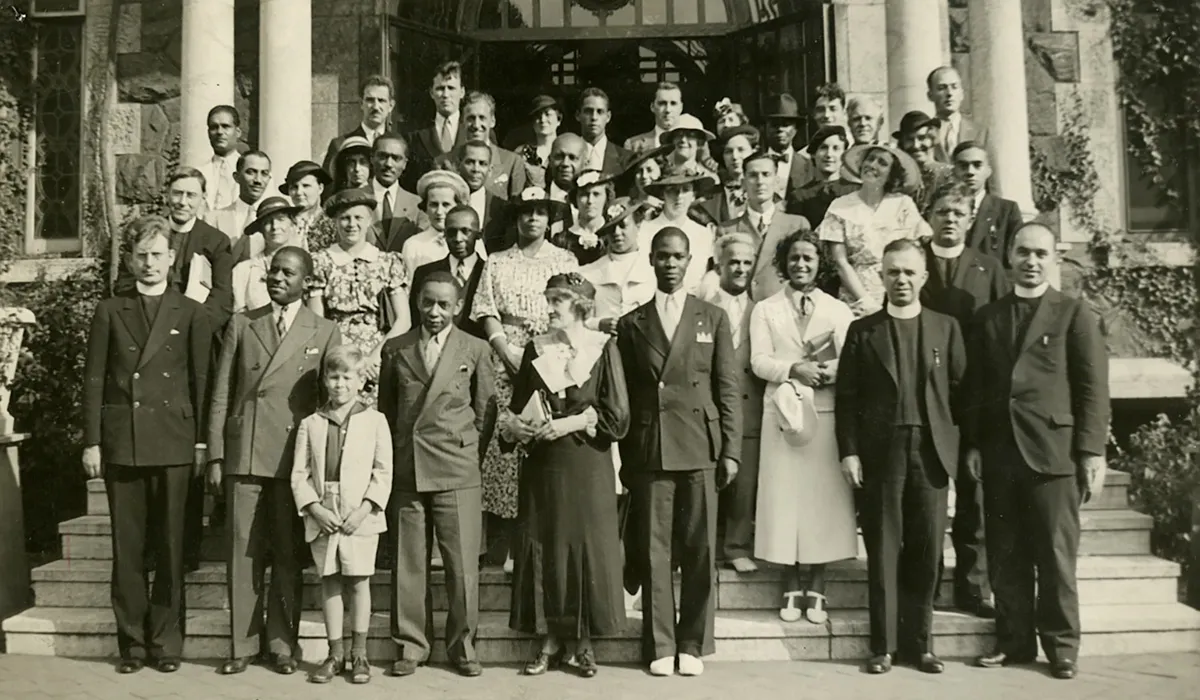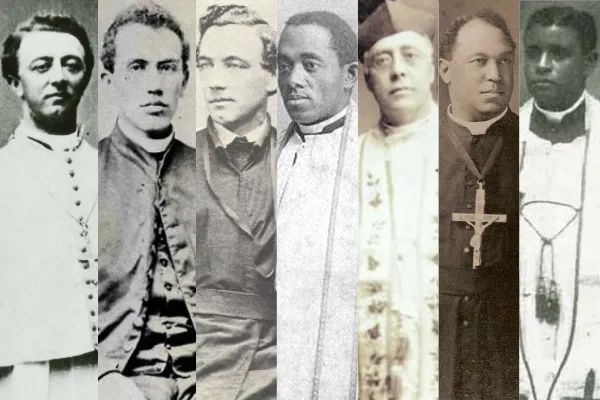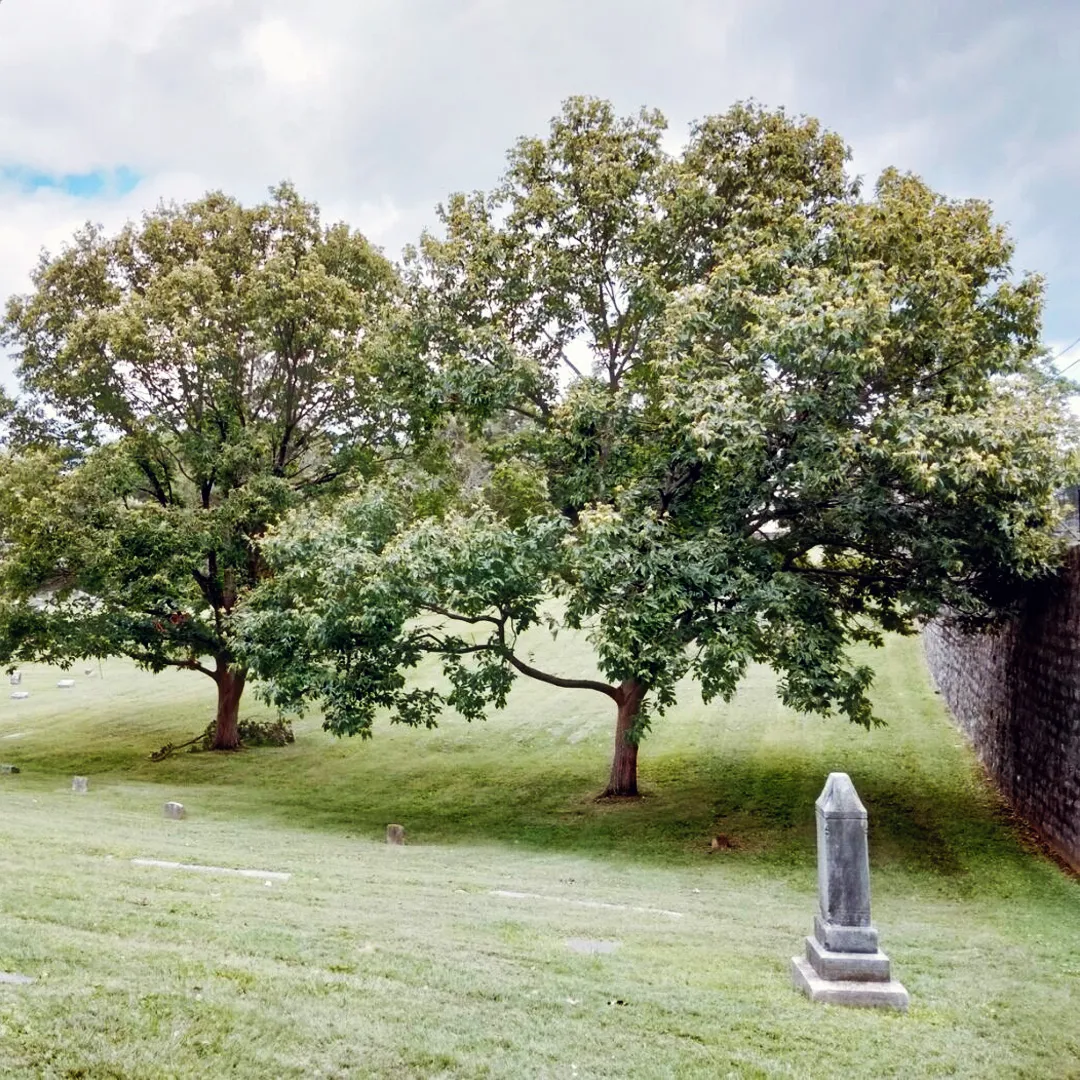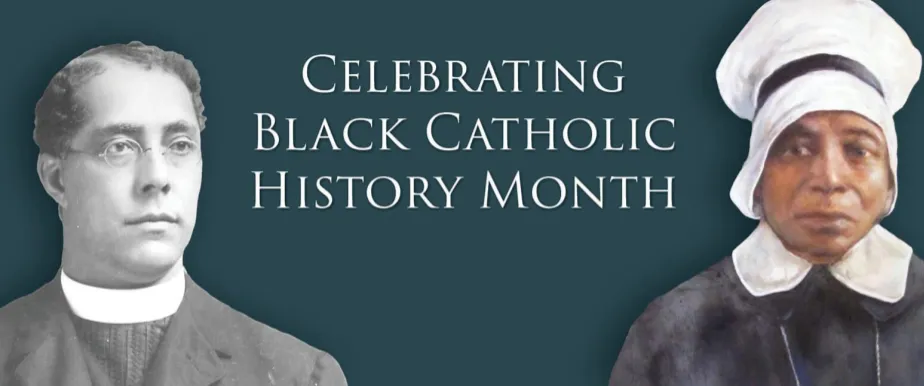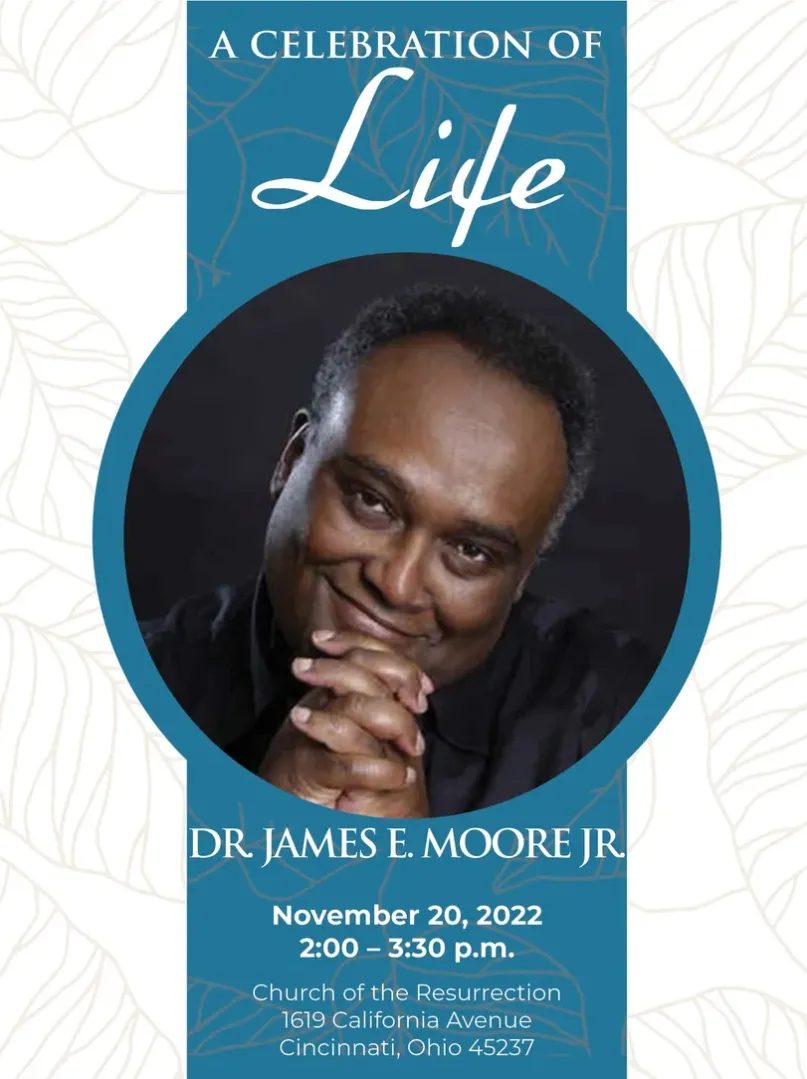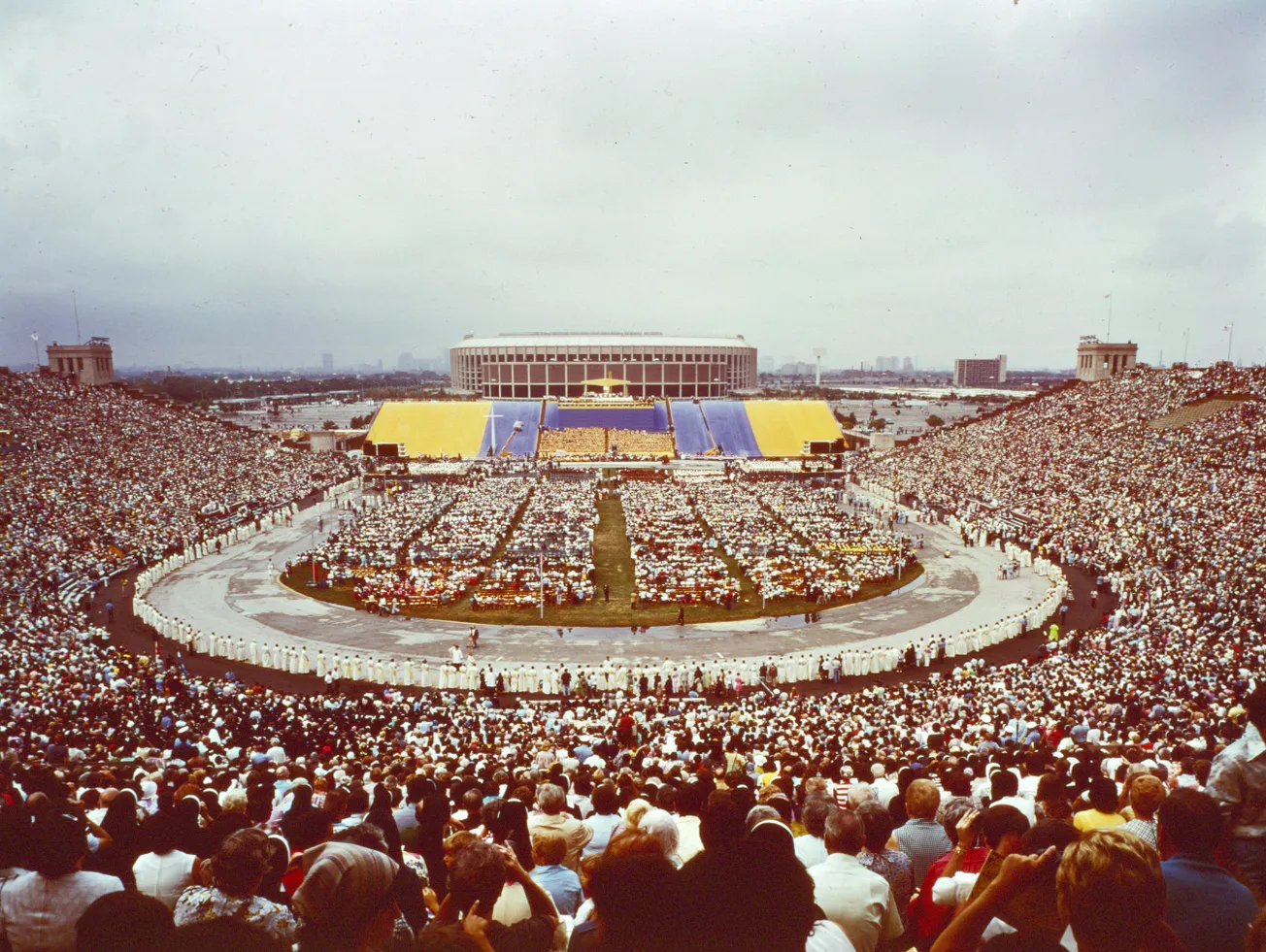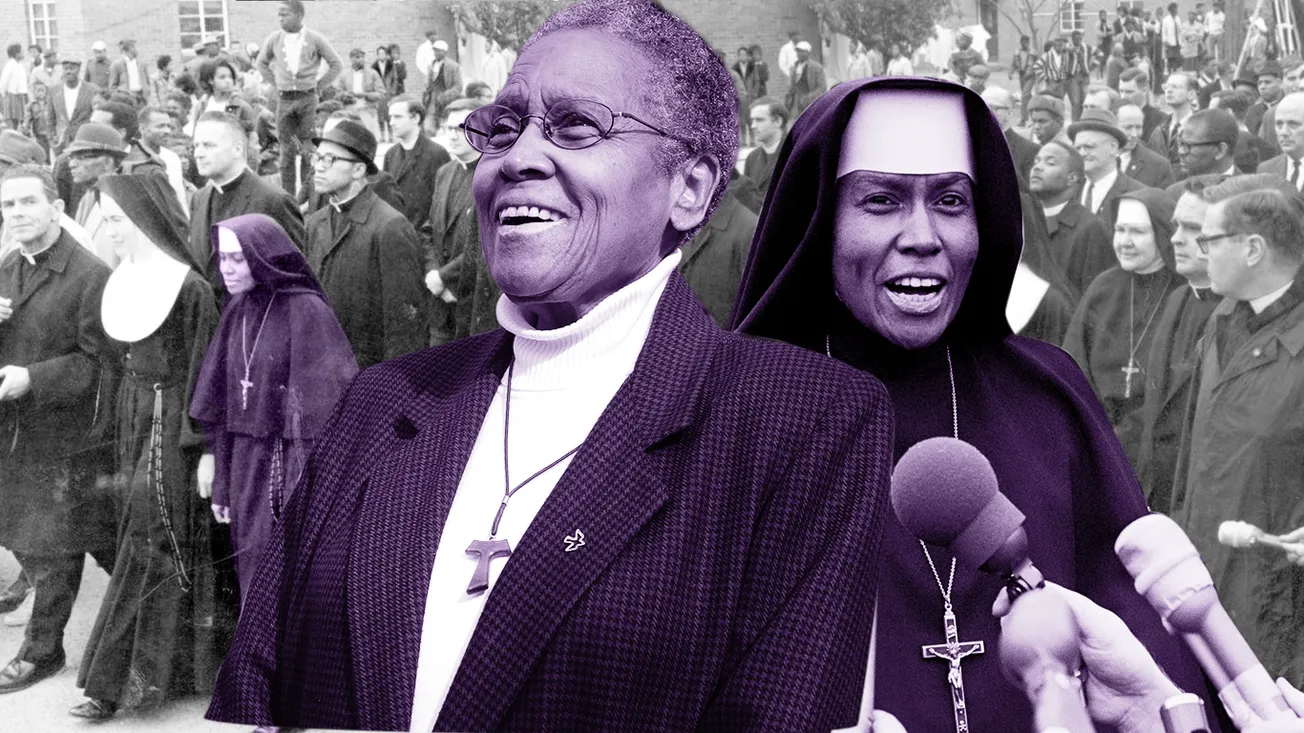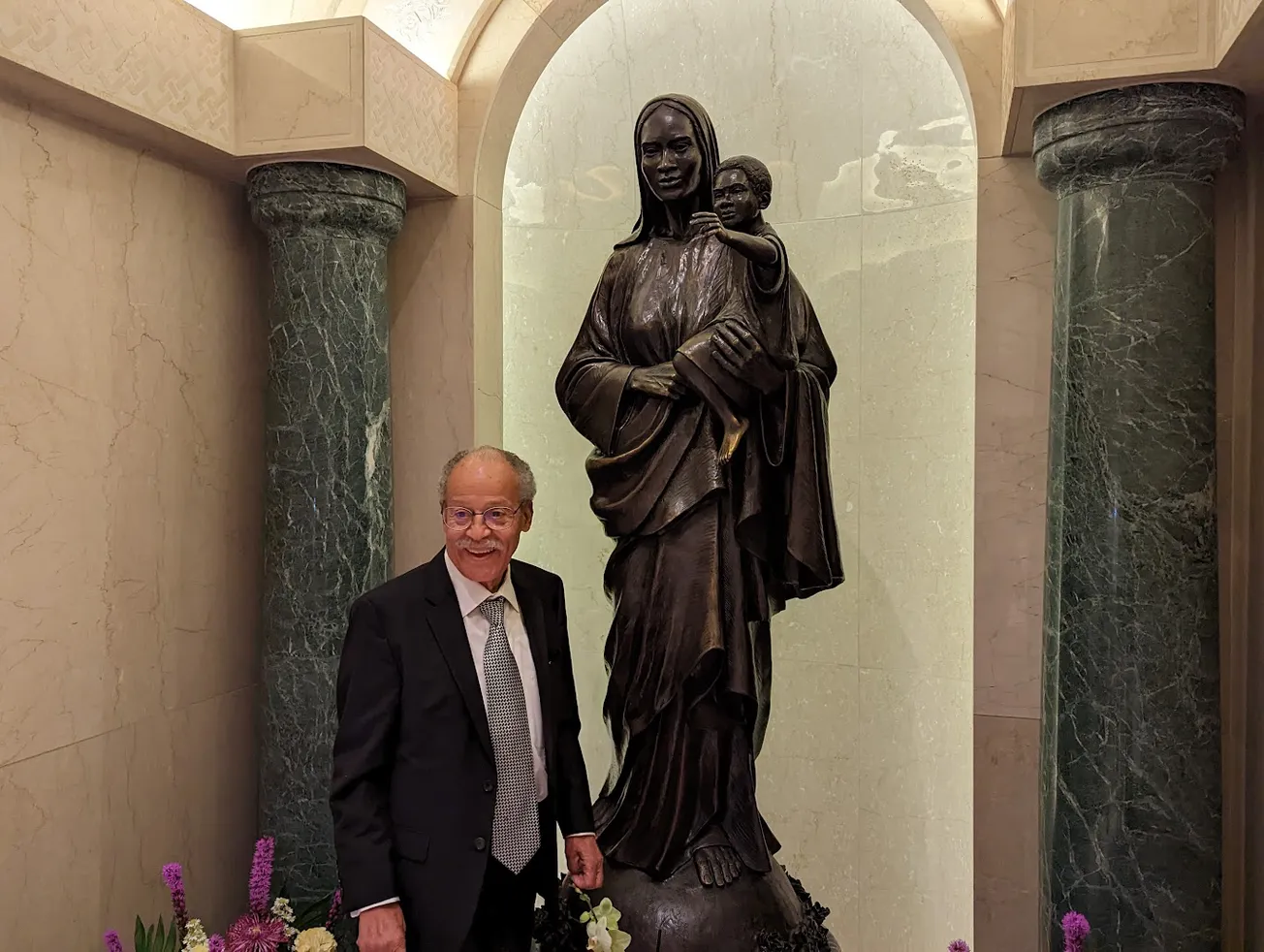For some time now, there has been a strange idea floating around that Black Catholics are part of the problem.
Yes, among those Americans who acknowledge that we actually exist, misinformation abounds, including the quintessentially anti-Catholic notion that our dedication to the Church, at whatever level, makes us complicit in the sins of the institution over the centuries—from the Translatlantic Slave Trade to the sex abuse crisis.
(Admittedly, those suck. And there were certainly a whole host of Catholic popes, bishops, priests, and laypersons who helped create them and power them along.)
However, I would like to submit a different notion, one informed by the less-highlighted histories of the Black Catholic presence in early America. Indeed, I say that Black Catholics fomented the end of American slavery, fueled the Civil Rights Movement, helped to curb sex abuse in the Church, and played an outsize role in making modern Black America.
San Miguel de Gualdape
I’m sure you’ve heard of slave rebellions before, and scholars of US history seem to be increasingly focused on the fact that such moves on the part of enslaved African persons in America were integral to the narrative of resistance which colors Black history in this land to this day.
But did you know that the first slaves who rebelled in what would become the United States, at the Spanish colony of San Miguel de Gualdape in present-day South Carolina, were Catholics? Said to be the site of the first Catholic Mass(es) in North America, the community was short-lived, lasting only from July 1526 to that November. Why? The Africans weren’t having it, that’s why.
Details are scarce, but we know that shortly after the death of the colony founder, Lucas Vázquez de Ayllón, the slaves set fire to the house of one of his successors. This followed an attempt on the settlers’ part to extort food and supplies from the local Indigenous tribe, the Guale people. The Indigenous had shut that down with the quickness, and the slaves then did what they had to do. They most likely found freedom among the Guale thereafter.
By November, the Whites were on their ships, skipping town for their old colony in Hispaniola (the island containing present-day Haiti and the Dominican Republic). Most of them never made it back, dying of starvation or hypothermia.
Stono River
Some two hundred year later, well into the period of the British colonies, perhaps the best-known slave revolt occurred some 170 miles north, near Charleston. This event, known as the Stono Rebellion, involved slaves from the Kingdom of Kongo, a West African region in the Congo basin that had been converted to Catholicism by the Portuguese in the 1400s.
The greed of the Europeans there had led to widespread enslavement, much to the chagrin of the Kongo Catholic rulers, and many of the victims ended up in British America. In 1739, one such person, named Jemmy (or Cato, according to some sources), led dozens of slaves—some of whom were former Kongolese soldiers—to rebel against their enslavers and head for Spanish Florida, where British slaves were offered freedom in exchange for conversion to Catholicism and military service.
In their case, obviously neither requirement was much of an ask. The slaves’ decidedly militaristic revolt was planned to coincide with the Feast of the Nativity of Mary and was possibly connected to a Kongolese Catholic mystic by the name of Kimpa Vita, who had preached a radical pro-Black message of liberation in the homeland before her execution in 1706.
The Stono Rebellion involved the execution of 20 Brits before being quashed near the Edisto River (not far from Walterboro, S.C., where Black Catholics would famously remain strong up to the present day despite decades of episcopal neglect). Among the 18th-century rebels, Jemmy and several others were executed, while the others were sold overseas to the West Indies. Legal crackdowns were also added in the colony to prevent further uprisings.
In Haiti, the homebase of the former San Miguel settlers, Kongolese Catholic slaves—who made up the majority of the African population there—would stage their own revolution just 50 years after Stono, forming the first Black republic in the West. Both rebellions shared a common chant of Kanga! (“Liberty”, or “Salvation”).
Louisiana
On the other side of the Mississippi, in Louisiana, Black Catholics would again advance the cause of freedom in a series of slave rebellions, one of which occurred in the late 1700s near New Orleans under the leadership of Jean Saint Malo.
As in the above rebellions, Malo and his collaborators had been enslaved under the rule of Europeans, and would later escape and form a Maroon community in the swamps while engaging in guerilla warfare against the White settlers. An organized counter-strategy from the authorities would result in his capture and execution in 1784, in front of St Louis Cathedral, now North America's oldest episcopal seat.
Less than 30 years later, the largest slave rebellion in US history occurred nearby, known as the 1811 German Coast Uprising. The United States had purchased the Louisiana territory from the French in 1803, and in its Southeastern corner, slaves of Kongo descent were again numerous and virtually all Catholic.
With the recent success of the revolution in Haiti, White settlers were on edge concerning a stateside Black rebellion, and they were correct if not nevertheless unprepared. On January 6th, a group of the enslaved in the German Coast met to plan their deed, and a certain Charles Deslondes was among the leaders. Word spread of their plot, and the revolt began two days later, resulting in the death of two White slaveowners amidst a long march east toward New Orleans proper.
Burning plantation houses, factories, and farmland along the way, the procession was halted by January 10th, with a White militia from New Orleans and another from the previously-attacked cities chasing the rebels into the swamps. Most of those captured were executed, some with show trials and others outright, and the heads of several were placed on pikes along their marching path to deter future uprisings.
War
After another half-century, John Brown, a White abolitionist from the North, capped his lifelong cross-country anti-slavery protests with an infamous Raid on Harpers Ferry in Virginia in 1859. The attempt was unsuccessful and Brown was soon executed, but his act would top off White Americans’ fear of a widespread race war led by Black slaves (as in Haiti).
Forgotten in most histories, however, is the fact that Brown’s main benefactor was one Mary Ellen Pleasant, a Black Catholic entrepreneur from San Francisco and perhaps the first Black millionaire in US history. At the time of his capture following the failed raid, Brown held in his pocket a Biblically-tinged note from Pleasant, which read:
"The ax is laid at the foot of the tree. When the first blow is struck, there will be more money to help.”
- MEP
Her initials were misread, however, and she escaped scot-free, returning to California after having provided Brown the 2021 equivalent of nearly $900,000 without detection. She owned her deed before her death and said it was the “most important and significant act of her life”.
The Civil War would follow just two years after the raid, with a Black Catholic in André Cailloux therein becoming one of the first Black military officers for the Union, and likely the first to die in the carnage—a rallying point for later Black recruits, who would tip the scales in the Union's favor.
Lincoln's close friend and confidant throughout his presidencies and the war, his barber William de Fleurville, was also a Black Catholic. A journalist at the time would claim that he was one of the two men from Lincoln's years in Springfield, Illinois who truly understood him. He would serve as an honorary pallbearer at the president's funeral following his assassination.
Civil Rights and beyond
In the Black freedom struggle after the war came the likes of Homer Plessy, the Black Catholic activist in New Orleans who sought to end the desegregation of public transportation in the late 1800s. Dr. Thomas Wyatt Turner would co-found the NAACP in 1909 (following a lynching in Springfield) and act likewise, fighting segregation in the academy and the Church alike.
Plessy’s fellow Creole Catholic in the Crescent City, Civil Rights lawyer A. P. Tureaud, Sr. would later sue to end school segregation across the country in the mid to late 20th century via the NAACP, while fellow Black Catholics Diane Nash (co-founder of the Student Nonviolent Coordinating Committee) and Mary Louise Smith participated in bus boycotts and other protests.
Perhaps at the very pinnacle of Catholic participation in the Civil Rights Movement was the African-American proto-martyr James Chaney, a 21-year-old activist who gave his life for the cause of liberation when he was assassinated by a gang of Klu Klux Klan terrorists in 1964.
On a much different front, Cardinal Wilton Gregory of Washington, who yesterday celebrated one year as the first African-American cardinal in Church history, spearheaded the US bishops' zero-tolerance policy on clergy sex abuse during his time as USCCB president in the early aughts.
The first African-American district attorney in Philadelphia (and Pennsylvania) history, Seth Williams, became in 2012 the first prosecutor to obtain a conviction against a clergyman for shuffling pedophile priests around a diocese to avoid detection of their crimes. He, too, is a Black Catholic.
My list could certainly go on, and I know of only a fraction of those Black Catholics who modeled Christ in a strange land, and in the face of public scorn. Their actions changed the country, and their stubborn membership in the apostolic Church perhaps changed the world. They have certainly changed mine.
Their names must never be forgotten. Happy Black Catholic History Month.
Nate Tinner-Williams is co-founder and editor of Black Catholic Messenger, a seminarian with the Josephites, and a ThM student with the Institute for Black Catholic Studies at Xavier University of Louisiana (XULA).


